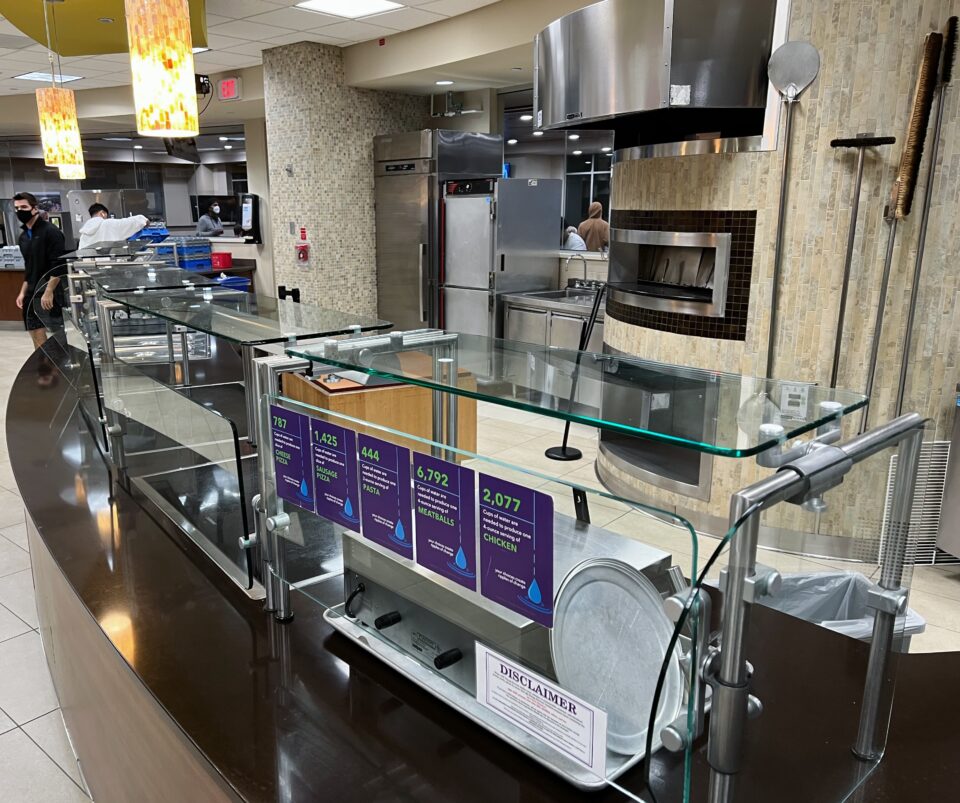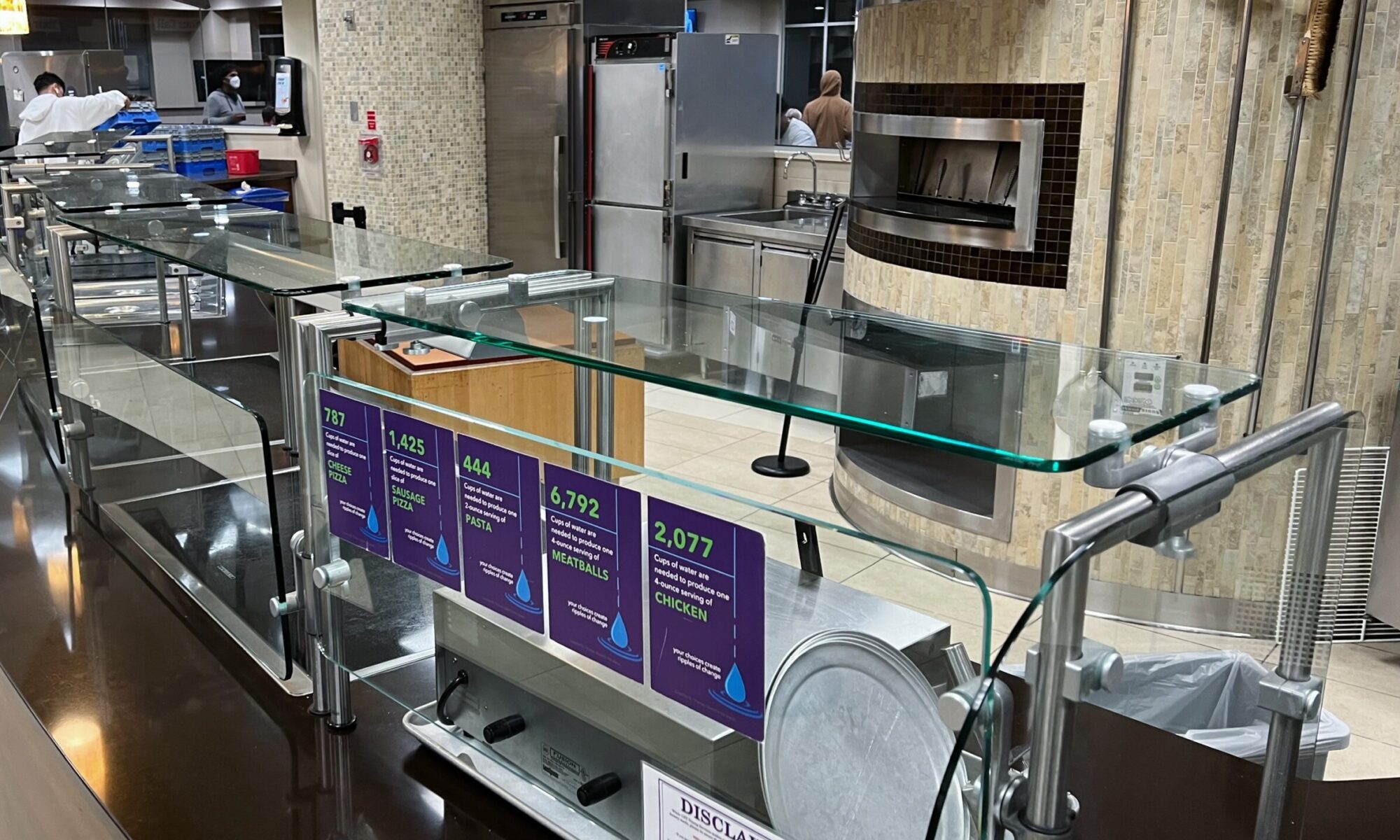
St. Thomas was not immune to nationwide staffing shortages at the start of the 2021-22 school year, and food service operations have experienced the brunt of the stress.
However, the numbers don’t show a drop in employment; St. Thomas had just under 2,000 students working hourly campus jobs at the start of the fall 2021 semester, which is more than the pre-pandemic numbers of fall 2019, according to student employment program manager David Lemon.
“I wouldn’t necessarily call it an employment shortage, I would call it a very different landscape in how people are looking for jobs and being willing to take on some of those jobs,” Lemon said.
Lemon described two trends contributing to this landscape: First, fewer students are working more jobs, with a four-year increase from about 1.2 to 1.5 jobs per employee, and second, students are more interested in applying to positions that relate to their career paths.
“Dining Services, on an average year, would like to have 400 or more students employed,” Lemon said. “One professor might only be hiring one or two research assistants. All of a sudden, if 200 people apply for a job for Dining Services, that’s great because that’s half (of Dining Services’) need. If 200 people apply for two positions, there’s going to be 198 sad students.”
While about 88 job postings sit open as of Oct. 7, some of which are seeking more than 10 students, employees like junior View worker Bola Lawal must meet the extra demands that come with understaffed shifts and increased traffic on campus.
“The first shift I closed, we ended at 9:30. I was like, dang, we started cleaning up at 8:30,” Lawal said. “It took an hour. I think last spring, closing took like 20 to 30 minutes.”
There are likely multiple reasons for the lack of food service workers at St. Thomas. Lemon said students may be applying for off-campus jobs because, unlike hourly campus jobs, they offer the “safety net” of unemployment benefits. Lawal said students may not want to work at the dining halls because of poor scheduling or being forced into shifts they don’t want to work.
“It’s kind of unfortunate, but it’s just like, since there’s a lack of people, someone has to be put in the spot, or the View won’t function,” Lawal said.
Places like Scooter’s in the Anderson Student Center and Stacks in the O’Shaughnessy-Frey Library remained closed into 2021, partially due to the lack of workers, and several stations within the dining halls have closed. This has caused lines and wait times to increase, which is especially difficult for students whose primary source of food is their meal plan.
Like many businesses nationwide, St. Thomas is working on ways to engage with job-seeking individuals to adapt to current employment trends.
“Everywhere is having to take a different approach to hiring and recruiting, and also retaining and making sure their staff feel valued, safe, protected, challenged, all of those things in order to keep them around,” Lemon said.
Lemon encourages students to consider the flexibility, FICA tax exemptions and career skills that they can gain from service jobs on campus.
“I think that we as an institution are really committed to offering meaningful student work that supports students’ ability to have some of the financial success or freedom that they’re looking for,” Lemon said. “There’s this delicate balance of, how do we make sure that our jobs are available, meaningful and compatible with the experience of a student on campus?”
Mia Laube can be reached at mia.laube@stthomas.edu.



